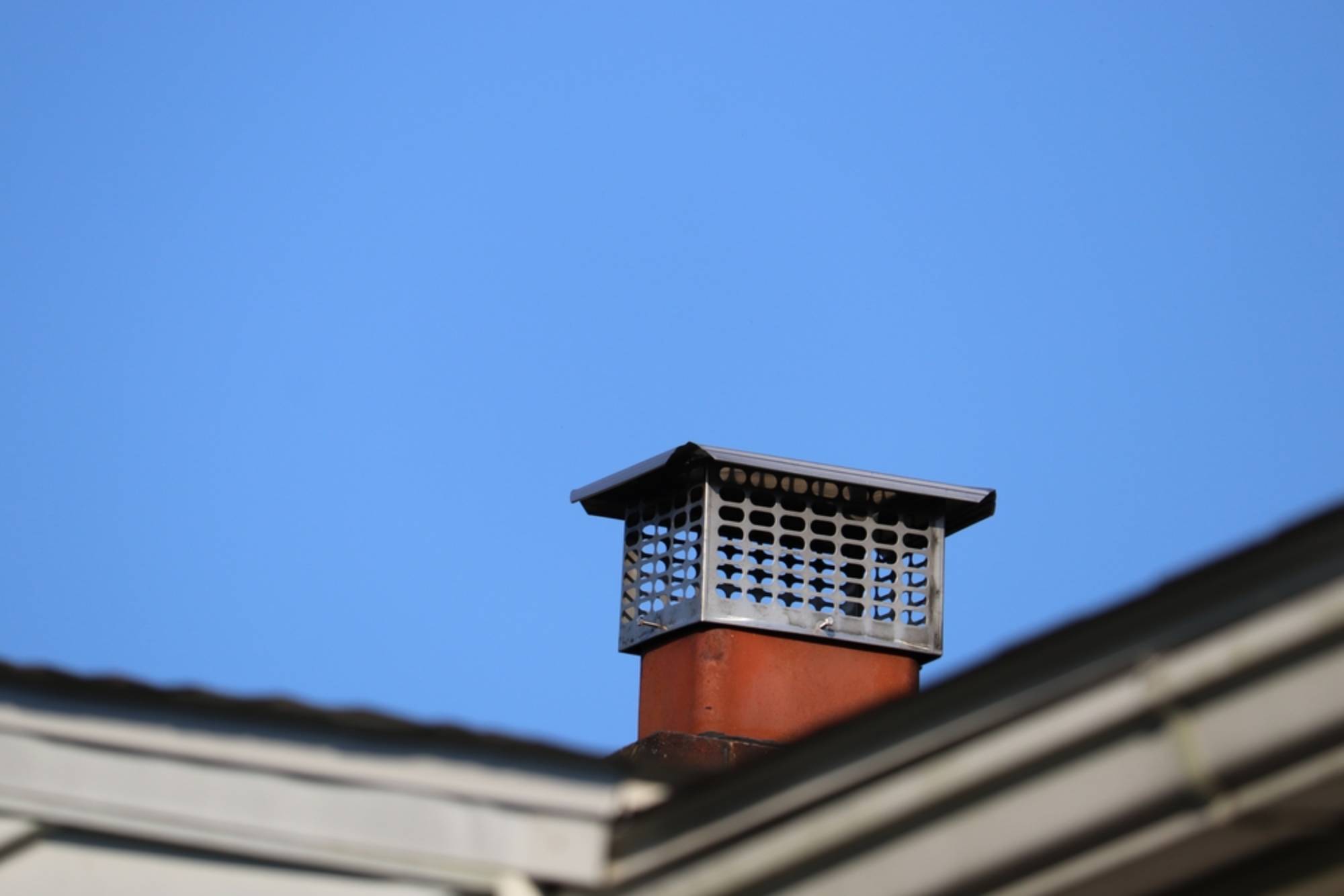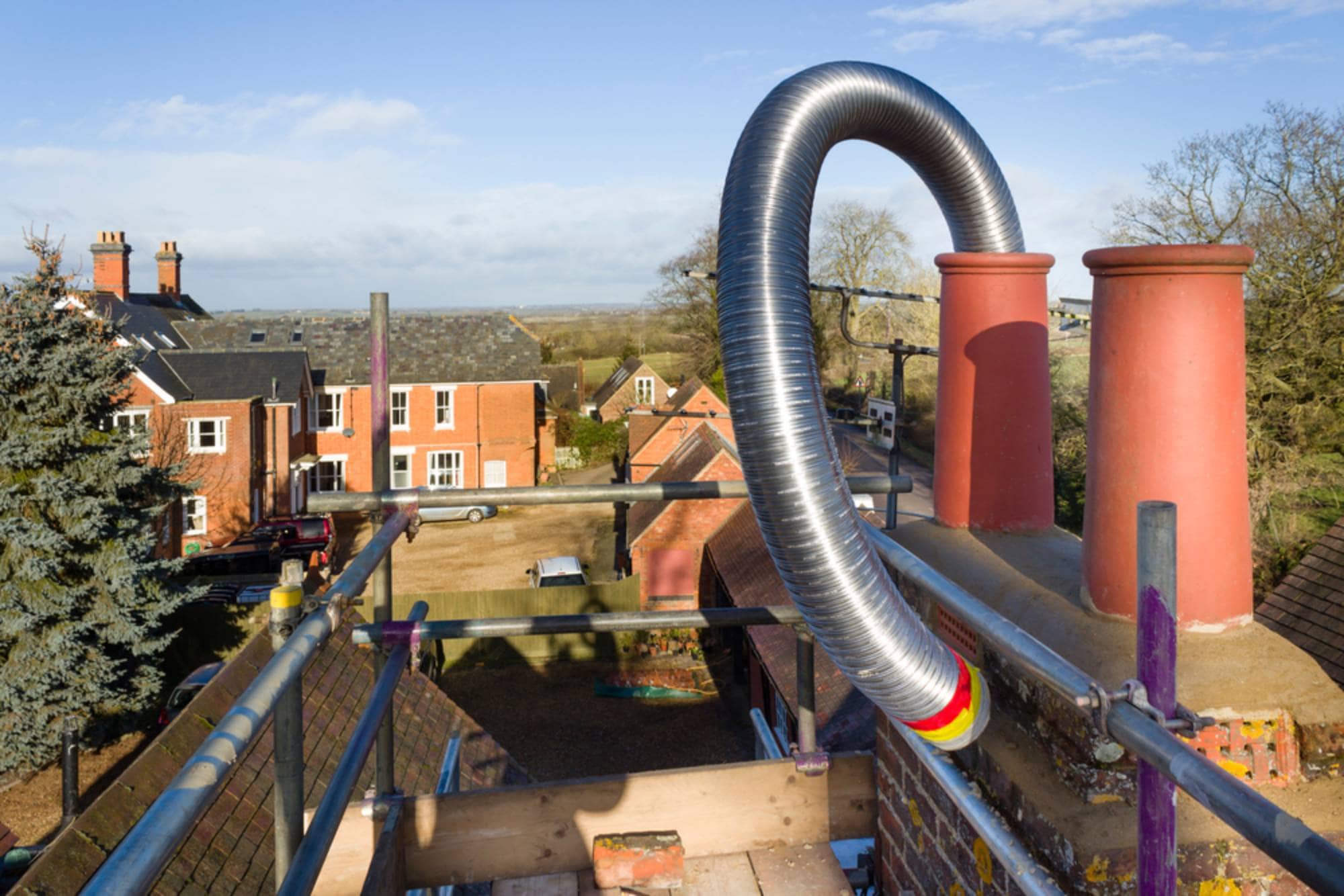Professional chimney liner installation that protects your Dartmouth home from fire hazards and carbon monoxide exposure while meeting Massachusetts building codes.

Hear from Our Customers

When your chimney liner installation is done correctly, you sleep better at night knowing your family is protected. No more worrying about carbon monoxide leaks or house fires from heat transfer. No more concerns about Massachusetts building code violations.
Your heating system works more efficiently, using less fuel and saving you money. The proper draft means cleaner burns, less creosote buildup, and fewer maintenance headaches down the road.
Most importantly, you have peace of mind knowing your chimney system will protect your home for years to come, not put it at risk.
We’ve been serving Norfolk and Plymouth Counties for years, and we understand what Dartmouth’s harsh winters do to chimney systems. The freeze-thaw cycles here are brutal on masonry, and we see the damage firsthand.
That’s why we focus on getting your liner installation right the first time. We use high-quality stainless steel materials that can handle New England weather and meet all Massachusetts building code requirements.
When you work with us, you’re working with professionals who know the local climate challenges and have the experience to solve them properly.

First, we inspect your existing chimney to assess the condition and determine the right liner size for your specific system. We check for any structural issues that need addressing before installation.
Next, we prepare the chimney by cleaning it thoroughly and making any necessary repairs. This ensures your new liner will fit properly and function as intended.
Then we install your stainless steel liner, connecting it properly to your appliance and sealing everything according to code. We test the system to ensure proper draft and safe operation before we consider the job complete.

Ready to get started?
Your chimney liner installation includes a properly sized stainless steel liner that’s designed to last 15-20 years with proper maintenance. We use materials that resist corrosion and can handle the high temperatures your heating system produces.
In Dartmouth, where water damage from freeze-thaw cycles is a constant threat, your new liner protects your chimney structure from the inside out. It prevents heat transfer that could ignite adjacent woodwork and keeps dangerous gases from leaking into your home.
The installation meets all Massachusetts building code requirements, including Section 780 CMR 6001.8, which mandates that all masonry chimneys be lined. This isn’t just about safety—it’s about legal compliance and protecting your insurance coverage.
